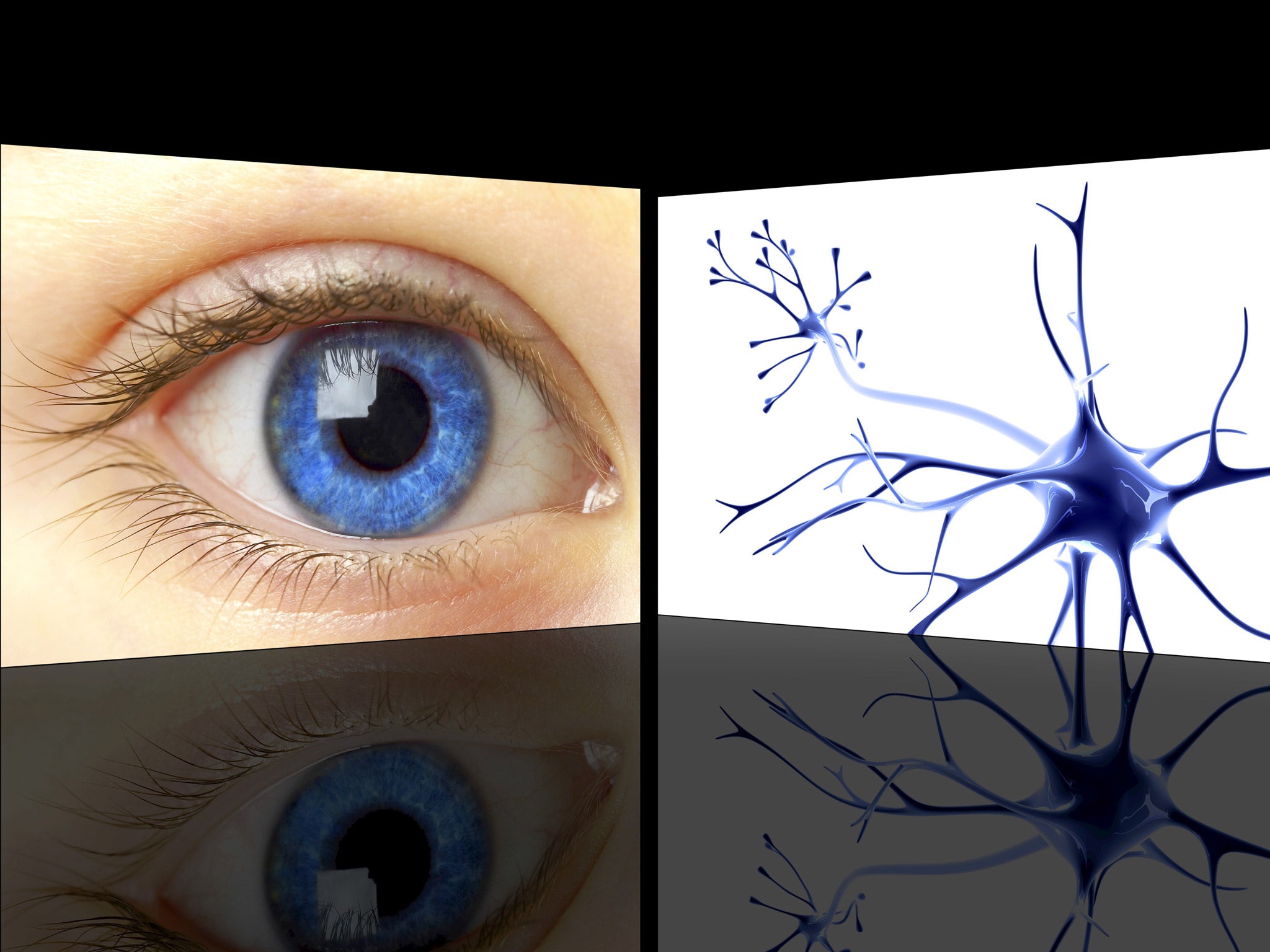British scientists 'print' eye cells in world first
The new development in bio-printing technology could be used in the future to restore lost vision - though years of research still await

An inkjet printer has been used to “print” cells from the eye for the first time, British scientists have said, in a striking demonstration of how technology could aid the search for a cure to blindness.
The breakthrough is the first step towards using printer technology to create artificial tissue that might be used in complex retina repair procedures.
Scientists from the University of Cambridge printed two types of cells from the retina of rats. It is the latest application of bio-printing technology, which is being used by to create ever-more complex cellular structures, including organs, but this is the first time that mature central nervous system cells have been printed.
Co-authors of the study Professor Keith Martin and Dr Barbara Lorber, from Cambridge’s John van Geest Centre for Brain Repair, said that though the results were preliminary, they provided “proof of principle”.
The ultimate aim was to develop the technology for potential medical applications, the authors.
“The loss of nerve cells in the retina is a feature is a feature of many blinding eye diseases,” they said. “The retina is an exquisitely organised structure where the precise arrangement of cells in relation to one another is critical for effective visual function.”
Cells printed this way remained healthy and were able to survive and grow, the scientists said. The cells that were printed were retinal ganglion cells, which transmit information from the eye to parts of the brain, and glial cells, which protect neurons.
The next step will be to investigate whether the same or similar technology can be used to create light-sensitive photoreceptor cells – which convert light into biological signals and are essential for sight.
The team also hope to develop the printing process to be suitable for commercial, multi-nozzle print heads, Professor Martin said.
Join our commenting forum
Join thought-provoking conversations, follow other Independent readers and see their replies
Comments
Bookmark popover
Removed from bookmarks